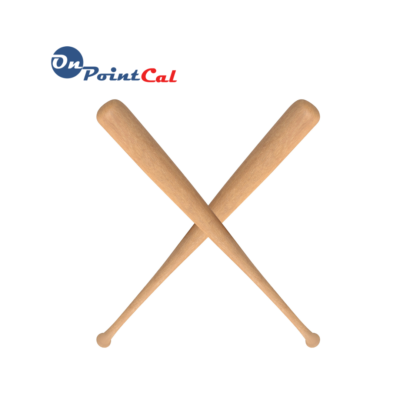Professional Trends, Quality Control, Sports
The Engineering Magic Behind Your Baseball Bat’s Power
Ever wondered why some baseball bats can send a ball flying further than others? Dive deep into the science behind baseball bat hardness and witness the powerful impact on ball travel.
Baseball – a game deeply etched into American culture. Beyond the thrill of the pitch and the chase of the ball lies a complex world of engineering. Dive with us as we uncover how the hardness of a baseball bat can be a game-changer for the distance a baseball can travel.

Why Metal Hardness is a Home Run
Inside labs, devices like hardness testers reveal the resilience of metals against deformation. In the realm of baseball, this metric becomes transformative. The harder the bat, the more kinetic energy it can transfer to the baseball. This means? Longer shots and more home runs.
A study once demonstrated that baseballs hit with harder bats compress less than those hit with softer ones. This subtle difference amplifies the ball’s travel distance dramatically.
Unveiling the Aluminum Edge
While wooden bats evoke nostalgia, aluminum bats are carving a niche in many leagues. Engineered for strength and durability, these bats naturally outperform wooden ones in hardness. An increase in ball speed of up to 8% has been observed with aluminum bats. In real-world scenarios, that’s an extra 15-30 feet, changing the outcome of many games.
Tuning Bats for the Best Performance
Wondering how manufacturers ensure that their bats hit the sweet spot in hardness? Calibration labs, like ours, provide the answer. With precise calibration techniques, baseball bats are optimized to perform their best, turning every swing into potential home run material.
Where Bat Engineering is Headed
The race for the ultimate baseball bat is on. As materials science evolves, so do the designs and capabilities of bats. Combining different metals to achieve the right balance between hardness and performance is the new frontier.
In baseball’s exciting crossroads with engineering, it’s evident: the bat’s hardness holds the key.
Interested in understanding more about how calibration influences the world around you? Join us as we bridge engineering with everyday wonders.


